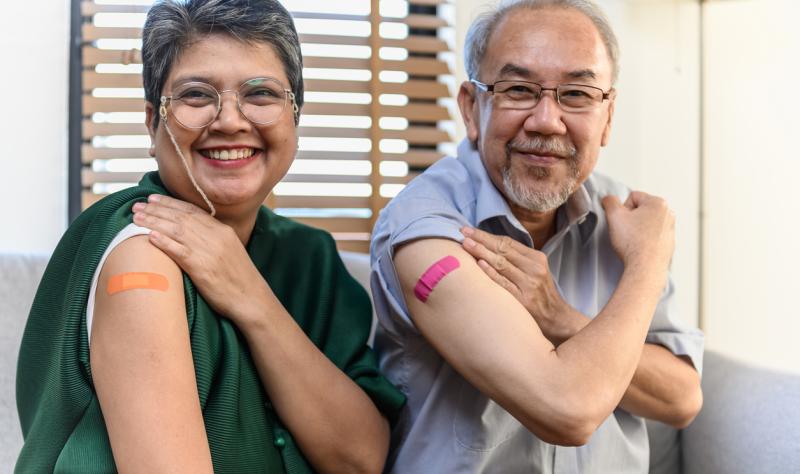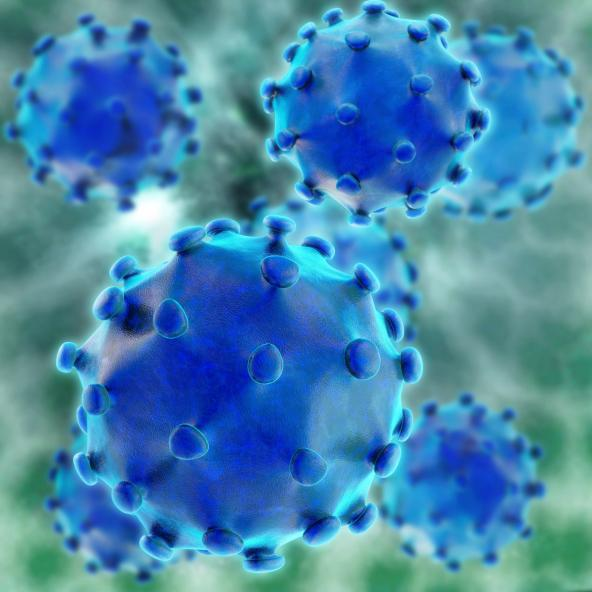

Smaller indoor events are more likely to spread COVID than much bigger, outdoor ones, per a new report by University of Texas researchers.
Driving the news: With COVID deaths and hospitalizations way down from pandemic highs, Americans are convening once more, indoors and out.
- And many of them are headed to Austin — for everything from ACL Fest to political rallies and business conferences.
Details: Researchers put together two case studies — a business conference with 3,000 attendees and an outdoor festival with 50,000 attendees.
What they found: Pre-event testing requirements were more effective at preventing attendees from showing up infected than vaccine mandates.
- Outdoor festivals, although larger, had a lower per-person impact on total infections over the following four weeks.
- Of note: The report was co-authored by Austin Public Health’s Desmar Walkes.
Between the lines: Three key factors determine the risks of COVID transmission and consequences for the surrounding community, the researchers found.
- The first is the structure of the event –– its size, duration, density and venue. Limiting the number of attendees, physically spacing out activities and selecting outdoor and well-ventilated sites can significantly mitigate risks.
- The second factor is the state of the pandemic. “If the local healthcare system is strained, the additional spillover infections from the event into the community could be catastrophic,” the researchers write.
- The final factor is risk-reduction measures. Event planners can mitigate the immediate and downstream risks by requiring proof of vaccination, a negative COVID test just prior to the event, and/or wearing face masks during the event.
The bottom line: Outdoor events are safer than indoor events.
- “Although the hypothetical outdoor festival is over ten times the size of the hypothetical business conference, we estimate that it will produce only double the number of infections within the community during and following the event,” the researchers concluded.



